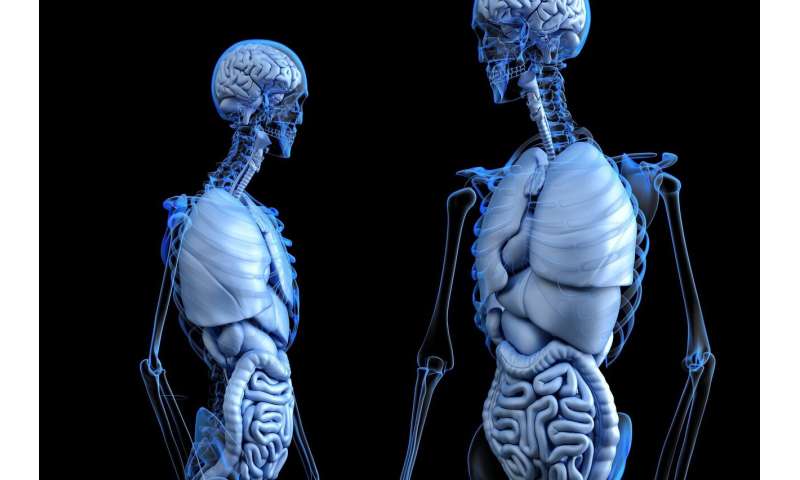
New research presented at ACR Convergence, the American College Rheumatology’s annual meeting, reveals that romosozumab, an osteoporosis drug, produces substantial gains in bone mineral density in the hip and lumbar spine within one year, and that transitioning patients to a potent antiresorptive drug can lead to even more bone density gains (ABSTRACT #1973).
Osteoporosis results from a loss of bone mass, measured as bone mineral density (BMD), and from a change in bone structure. Many factors will raise your risk of developing osteoporosis and breaking a bone. Bone is living tissue that is in a constant state of regeneration. The body removes old bone (called bone resorption) and replaces it with new bone (bone formation).
Earlier studies have shown that another bone building medication, teriparatide, which stimulates both bone formation and bone breakdown, boosts BMD in both the spine and hip when used first, followed by an antiresorptive drug. However, when antiresorptive drugs are given first, particularly bisphosphonates, such as alendronate, and denosumab, the effect of teriparatide is different, and a patient’s BMD may decline in their hips.
To find out more about how romosozumab may be given in sequence with different antiresorptive drugs, researchers launched this new study that reviewed results from four recent, large-scale trials.
“Romosozumab exerts a unique mechanism of action on bone tissue. It increases bone formation and decreases bone resorption. When it’s given as initial therapy for one year, followed by an antiresorptive medication such as alendronate or densosumab, the treatment sequence significantly increases BMD and reduces fracture risk compared to both placebo and alendronate treatment,” says the study’s co-author, Felicia Cosman, MD, professor of medicine at Columbia University College of Physician and Surgeons in New York City. “This study was designed to determine if, despite the different mechanism of action for romosozumab versus teriparatide, the effect on BMD would be different when romosozumab was given as the second treatment, after an antiresorptive medication, compared to using romosozumab first.”
The researchers found that osteoporosis patients had noticeably different results when romosozumab was administered first, rather than after, an antiresorptive treatment. In the two studies where romosozumab was given first, over the year of romosozumab treatment, patients’ total hip BMD increased 6% in one study and 6.2% in the other. In contrast, when they took alendronate first, the total hip BMD increased only 2.9% with romosozumab treatment. When denosumab was given first, the total hip BMD increased only 0.9% with romosozumab administration.
Over two years, when romosozumab was followed by alendronate, the 2-year total hip BMD gain was 7.1% and when romosozumab was followed by denosumab, the 2-year total hip BMD gain was 8.5%. In contrast, with the inverse sequence, when denosumab was given first, followed by romosozumab, the 2-year total hip BMD gain was less than half—only 3.8%.
What about the effect of different treatment sequences on bone density in the lumbar spine? The researchers found similar results here. Over one year, when romosozumab was given first, patients’ spine BMD increased 13.7% in one study and 13.1% in the other. When romosozumab was given after alendronate, lumbar spine BMD gain was 9.8%. When romosozumab was given after denosumab, the spine BMD gain was only 5.3%.
Similarly, over two years, when romosozumab was followed by alendronate, two-year spine BMD gain was 15.2%, and when romosozumab was followed by denosumab, two-year spine BMD gain was 16.6%. When denosumab was followed by romosozumab, two-year spine BMD gain was lower, at 11.5%.
Because women who have had recent or multiple fractures in adulthood are at very high risk for more, this data could help both osteoporosis patients and their doctors make more effective preventive treatment choices, says Dr. Cosman.
Source: Read Full Article
